How to Use the Paris Metro
The most commonly used form of transport in Paris is the metro. Knowing how to use it is essential if you want to make the most of your stay and visit all the attractions the city has to offer.
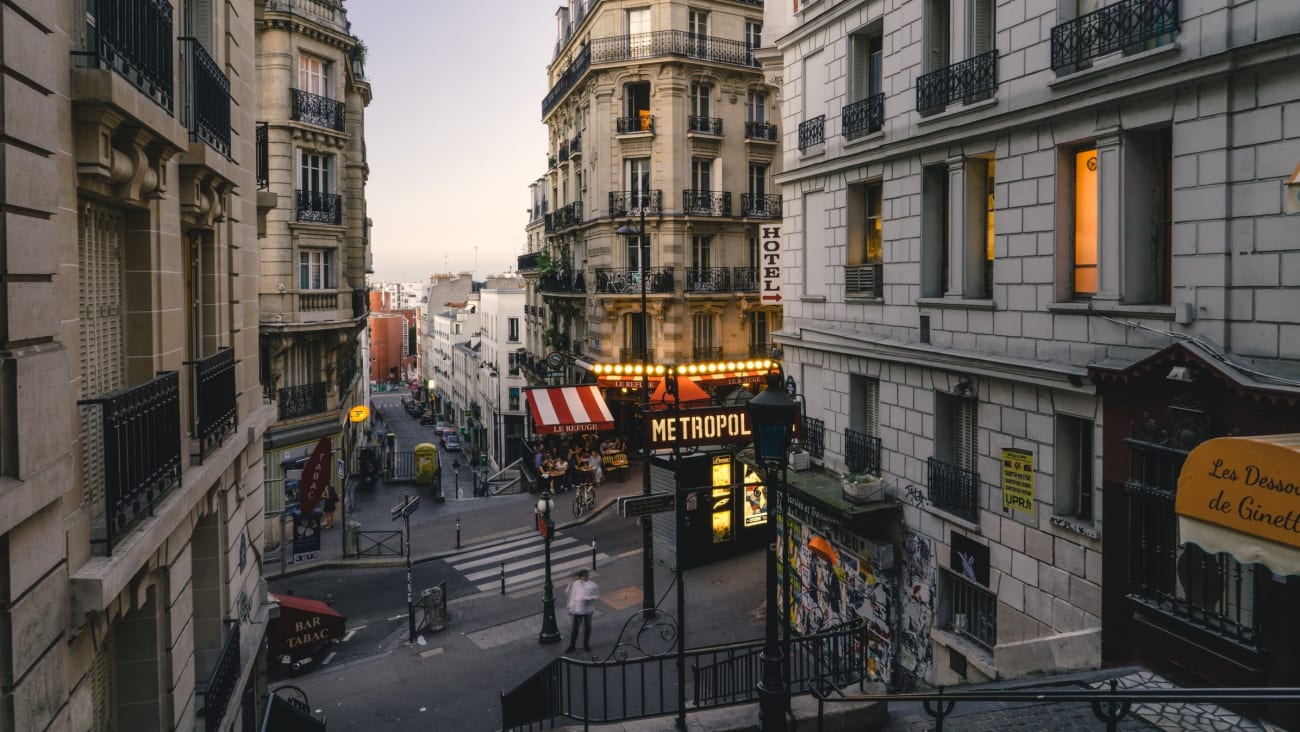
Montmartre Street, Paris | ©John Towner
Although there is nothing like walking to get to know a city, the size of Paris sometimes makes it necessary to use some form of public transport to enjoy everything there is to see in Paris. The French city has a good network of city buses, but the underground is undoubtedly the best option for getting around the city.
The Paris metro has been operating for over 100 years and the city has modernised and expanded it to make it one of the largest underground transport systems in Europe. Proof of its usefulness is that the distance between stations (more than 200) is usually no more than 500 metres.
How the Paris Metro works

The first thing you need to know is that tickets for the Paris Metro can be purchased:
- From ticket machines in stations: the quickest option, with instructions in several languages, including English.
- At ticket offices: available at some stations and with limited opening hours.
To enter, you must validate your ticket at the station turnstiles. On the Paris Metro, you only need your ticket to enter, not to exit (unlike the RER, where you need it both times).
As for the doors, depending on the line and train model, they may open automatically or require you to press a button or lift a handle.
Differences between the metro and the RER
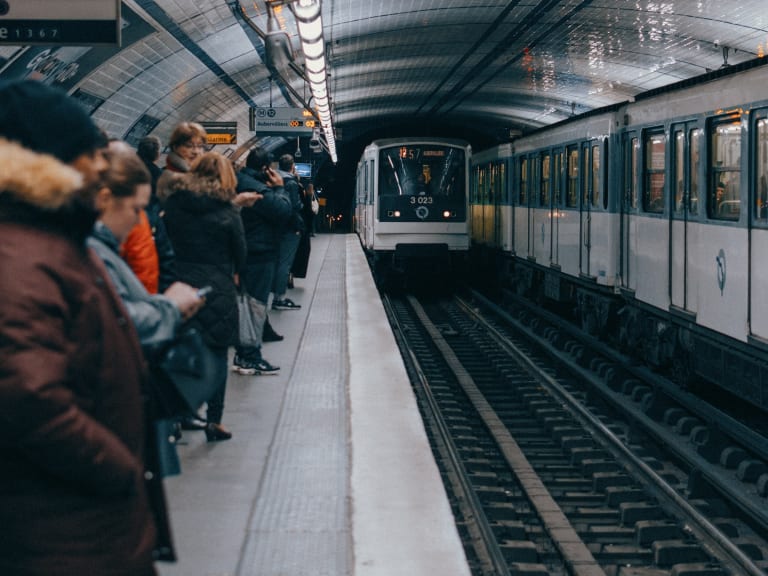
The RER is a commuter and medium-distance train that connects Paris with nearby towns, both inside and outside the metropolitan area. There are five lines (A, B, C, D and E), although you will most likely only use three during your visit:
- Line A: connects Paris with Disneyland Paris and is one of the fastest ways to get to the park if you have not booked an excursion from the capital.
- Line B: takes you to Orly and Charles de Gaulle airports.
- Line C: connects the French capital with the Palace of Versailles and other destinations along the Seine.
If you transfer between the metro and the RER within the fare zone included on your ticket, you can use it for both at no additional cost. Please note that for the RER , you will need to validate your ticket both when entering and exiting.
Paris metro zones

When you first look at a map of the Paris Metro, you will notice that the region is divided into fare zones. These are concentric rings covering Paris and its metropolitan area, which influence the price of the ticket.
To travel around Paris by metro with a single Metro-Train-RER ticket, the price is the same throughout the Île-de-France network: the zones no longer affect the cost of a single ticket, but mainly influence season tickets (Navigo, Paris Visite) and some special tickets such as those for airports.
Most tourist trips will take you mainly to central Paris, with occasional trips to outlying areas if you visit Disneyland Paris (zone 5), Versailles (zone 4) or Charles de Gaulle and Orly airports (zone 4), which is particularly important when choosing travel passes.
Paris metro prices
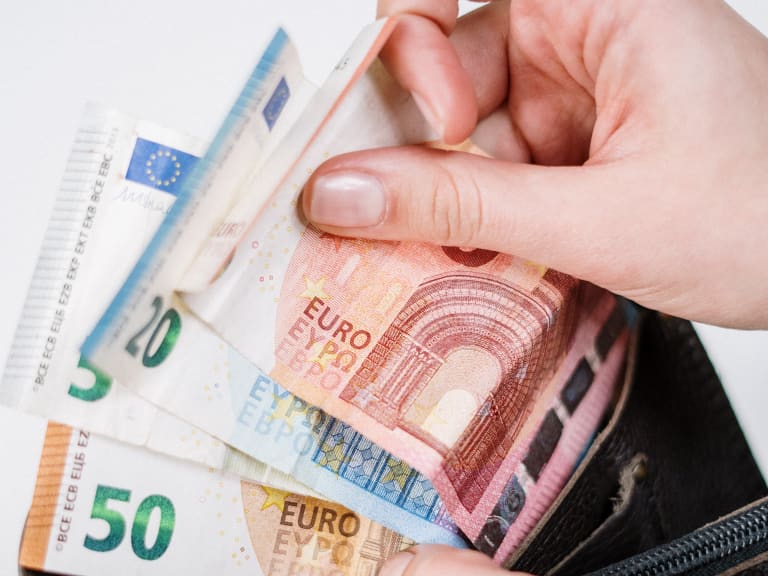
Most people who visit Paris for a few days choose to use the single Metro-Train-RER ticket, which is the simplest way to pay for each journey, although it is worth calculating whether a daily or weekly pass might be more cost-effective.
The single Metro-Train-RER ticket is valid for a single journey, with the possibility of transferring between the metro, RER and trains within Île-de-France, provided you do not exit the system, for approximately 2 hours from the first validation.
- Individual T+ ticket price: €2.50 (2025 fare, valid on the metro, RER and trains within Île-de-France, except for journeys to airports).
- Bus-Tram ticket price: €2.00 (for buses and trams throughout Île-de-France).
Both can be purchased and loaded digitally via the Île-de-France Mobilités app or on contactless cards such as Navigo Easy; the old cardboard T+ tickets are being phased out and will only be accepted until the end of 2025.
With a single Metro-Train-RER ticket, you can access most of the city's attractions, including the most important museums in Paris, as well as more distant areas such as La Défense, Versailles and Disneyland Paris. It is not valid for journeys to Charles de Gaulle or Orly airports, which have specific tickets or supplements.
Paris Metro passes
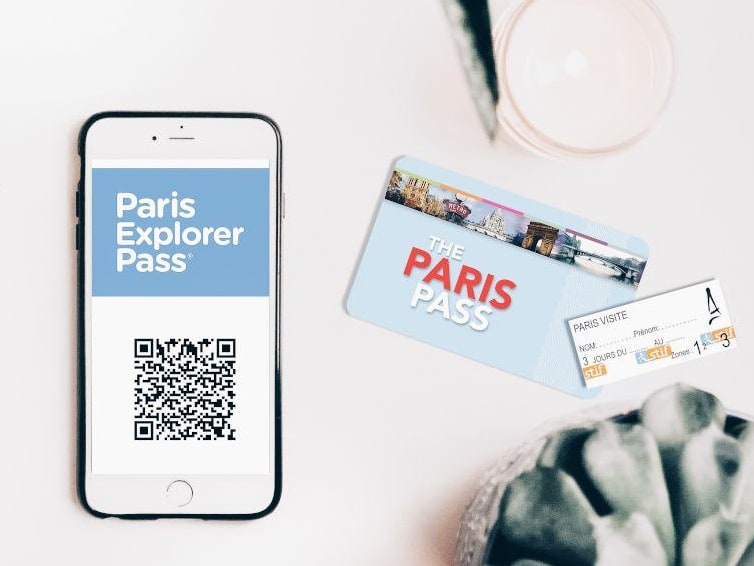
If you are staying in Paris for a long time (4 days or more) and plan to use the metro frequently, one of the transport passes is probably a good option for you. Please note that this transport is no longer included in the Paris Pass tourist card, although it is still a good option for sightseeing.
These passes allow you to use all types of public transport in Île-de-France (metro, RER, buses, trams and trains) in the zones of your choice. The most common options are:
- Paris Visite: purchased separately, this pass allows unlimited travel for 1, 2, 3 or 5 consecutive days. From 2025, it will cover all zones 1-5 (the whole of Île-de-France), including airports, Disneyland Paris and Versailles, and includes some discounts on attractions and activities.
- Navigo Découverte Pass: this pass offers unlimited travel for the whole week (Monday to Sunday) or the whole month, in the zones of your choice, with the weekly pass for zones 1-5 being the most common. It is a rechargeable card that requires a passport-size photo and an initial payment for the physical card.
Paris Metro timetables and frequency
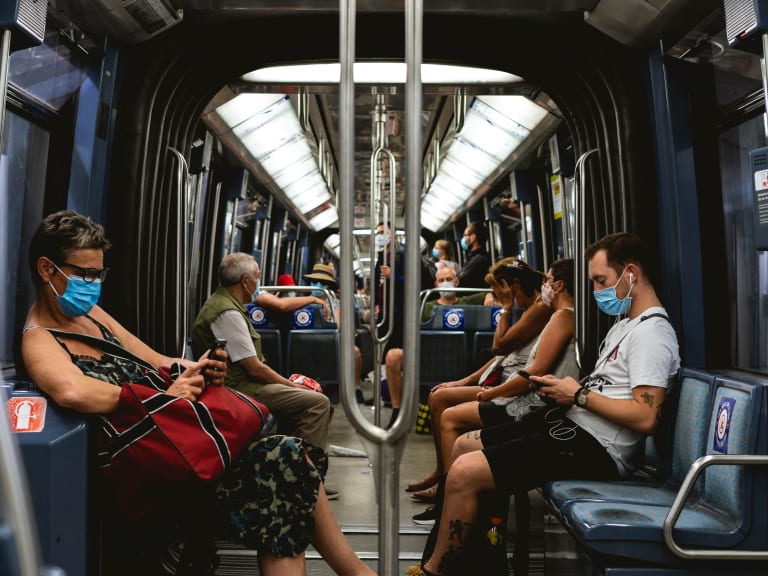
The first train on each Paris Metro line usually leaves at 5:30 a.m., while the last train leaves around 1:15 a.m. from Sunday to Thursday and at 2:15 a.m . on Fridays and Saturdays (arrival time at the terminal station).
To identify if it is the last train of the day, look at the front lights: if they are flashing, it is the last service. If you miss it, you can use the Noctilien night buses or take a taxi to get around Paris.
Frequency varies depending on the time and day:
- Rush hour: every 2-3 minutes.
- Off-peak hours: every 4-6 minutes.
- Nights and early mornings: approximately every 10 minutes.
Most important lines of the Paris Metro

The Paris Metro has 16 lines (numbered 1 to 14 plus lines 3bis and 7bis) covering more than 200 kilometres. The network has more than 300 stations, which means that almost any point in the city is within walking distance of a metro station.
Each line is numbered and associated with a colour for easy identification on a map. If you are visiting the city to see its museums, monuments or gardens, you will probably use a few key lines most of the time:
- Line 12: connects the Montmartre district and its Sacré-Cœur Basilica with the city centre. Its Concorde station drops you off next to the Tuileries Garden and a short walk from the Louvre and the Musée d'Orsay.
- Line 6: from Charles de Gaulle-Étoile you can access the Champs-Élysées and the Arc de Triomphe. The Trocadéro stop offers one of the most iconic views of the Eiffel Tower. It also reaches the Montparnasse Tower and the catacombs of Paris.
- Line 1: connects key tourist attractions such as the Champs-Élysées, the Arc de Triomphe, Concorde, Tuileries and the Louvre. Its route goes as far as the Île de la Cité, where Notre Dame Cathedral and the Conciergerie are located.
Make a note of these stations to reach your destinations more easily
Knowing the exact names of the stations is key to avoiding confusion and saving time. Some of the most useful for tourists are:
- Champ de Mars Tour Eiffel: Champs de Mars and Eiffel Tower
- Opéra: Opéra Garnier
- Trocadéro: square of the same name and Eiffel Tower
- Abbesses: Montmartre
- Louvre–Rivoli: Louvre Museum
- Cité: Notre Dame Cathedral
- Saint-Germain-des-Prés: St. Germain neighbourhood
Paris metro stations worth visiting
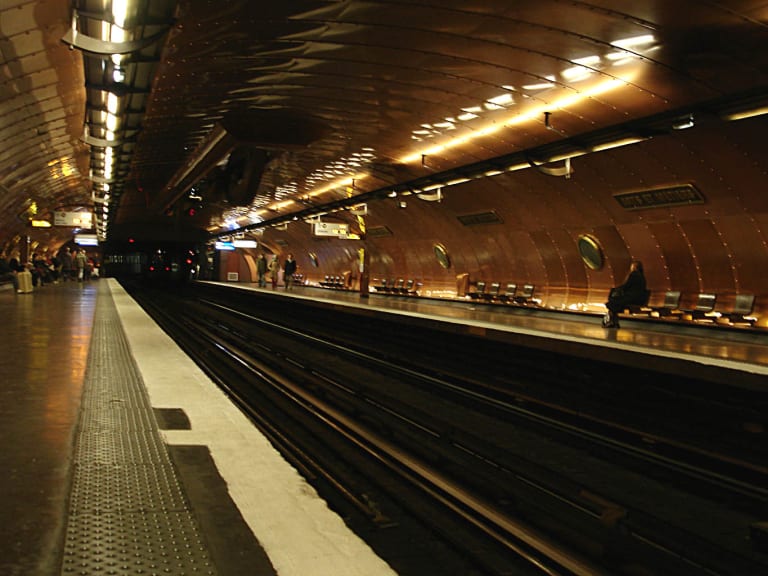
The Paris Metro is not only an excellent means of transport, but some of its stations are genuine tourist attractions. Several of the oldest stations retain their Art Nouveau entrances designed by Hector Guimard, while other more modern stations stand out for their originality:
- Arts et Métiers station (lines 3 and 11): interior covered with copper plates inspired by the world of Jules Verne and the Museum of Arts and Crafts.
- Cluny – La Sorbonne (line 10): ceilings decorated with mosaics by Jean Bazaine depicting historical signatures and names.
- Cité (line 4): retro-style street lamps illuminate one of the deepest platforms in the network.
- Louvre–Rivoli (line 1): display cases with replicas of works from the Louvre museum.
- Abbesses (line 12): one of the most photographed Art Nouveau entrances and an interior fresco depicting episodes from French history.
General tips for using the Paris Metro
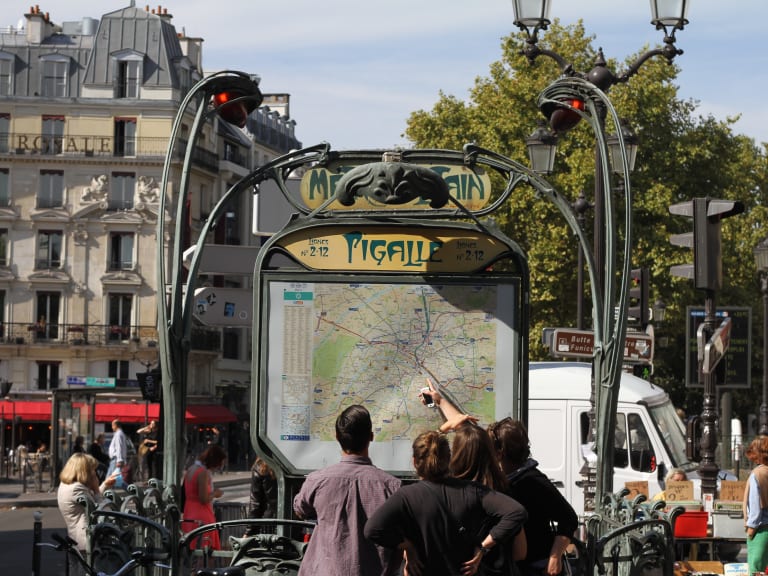
A great tool for getting around the Paris Metro without any problems is to download the Next Stop app, the official app of the RATP, the company responsible for managing the city's transport system.
The app is available in 10 languages (including Spanish), includes short audio guides to some of Paris's most important tourist attractions and can be used offline. However, most Paris Metro stations have free WiFi that does not require prior registration.
If you are concerned about safety, you can rest assured that the entire network is monitored at all times by security guards, ticket inspectors and security cameras. Nevertheless, you should always keep an eye on your belongings in the busiest areas, as there may be pickpockets in the area trying to take advantage of the crowds.
